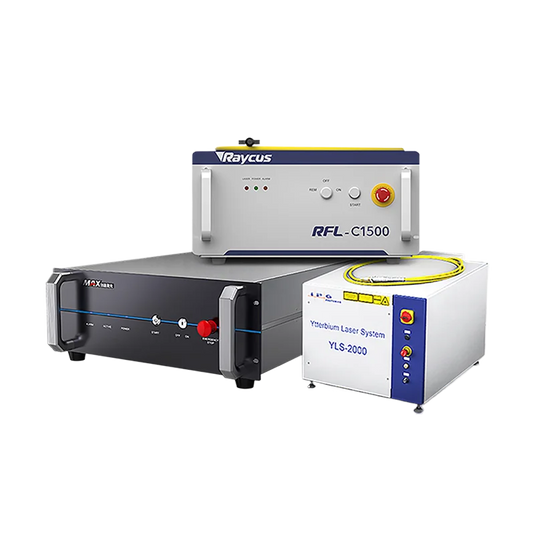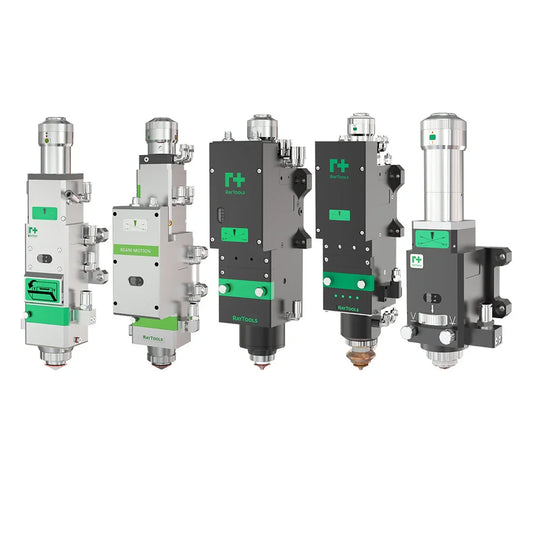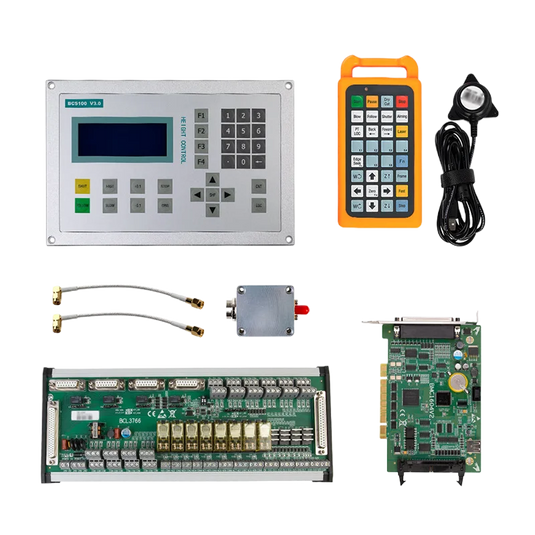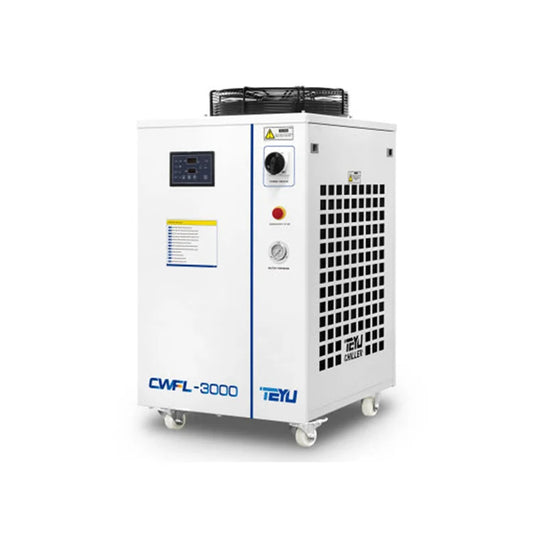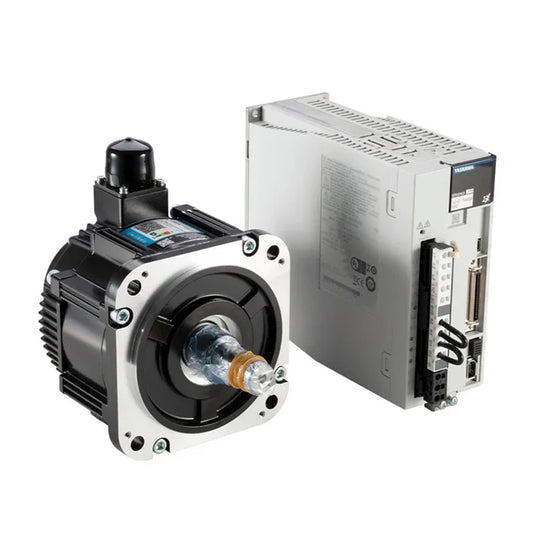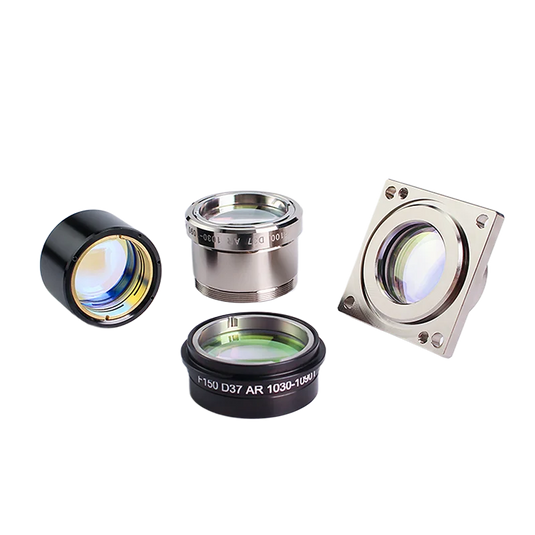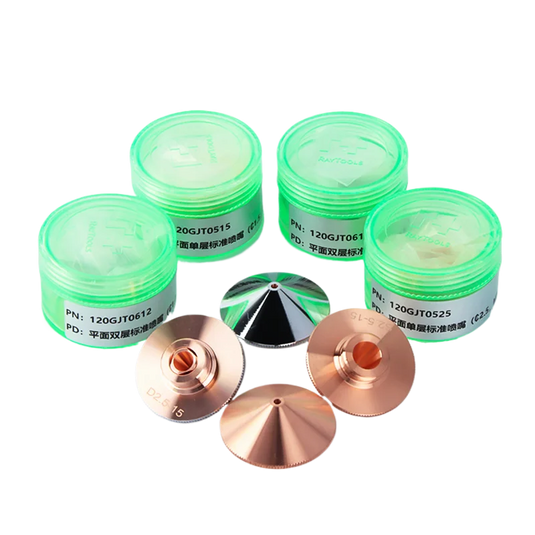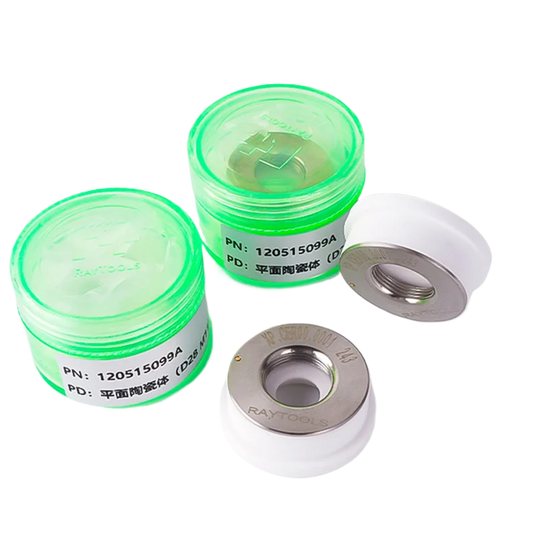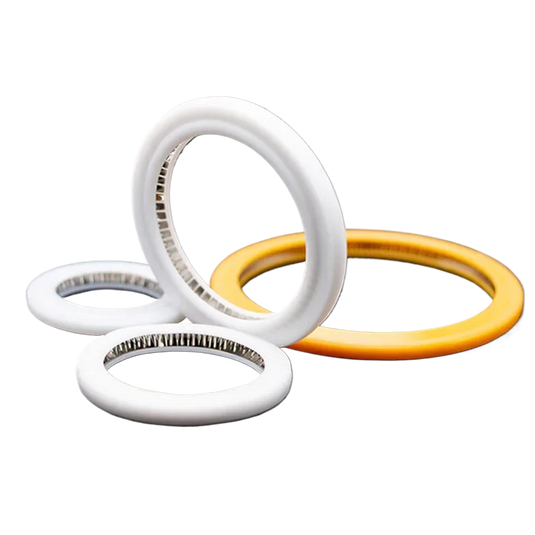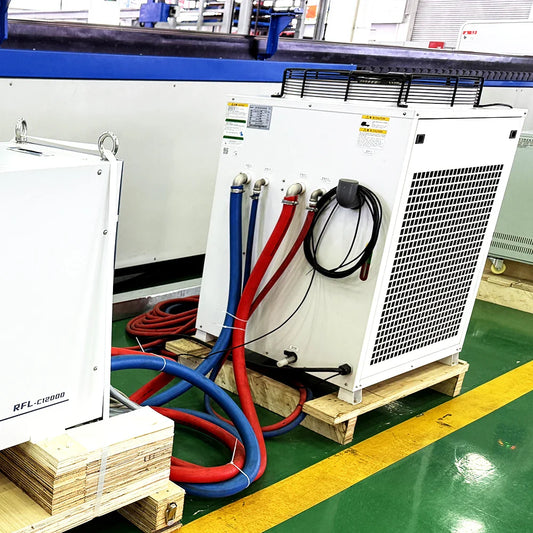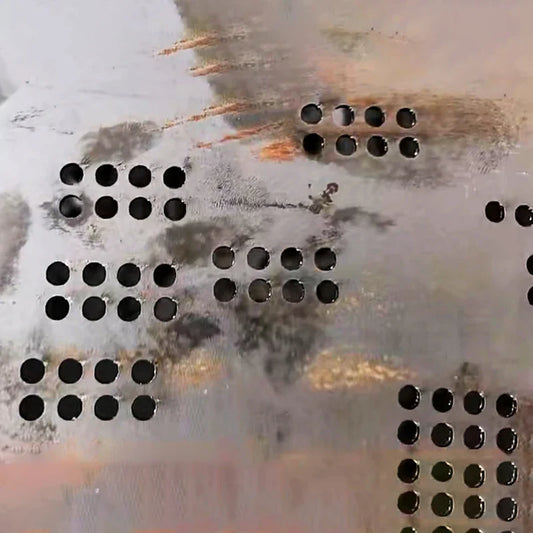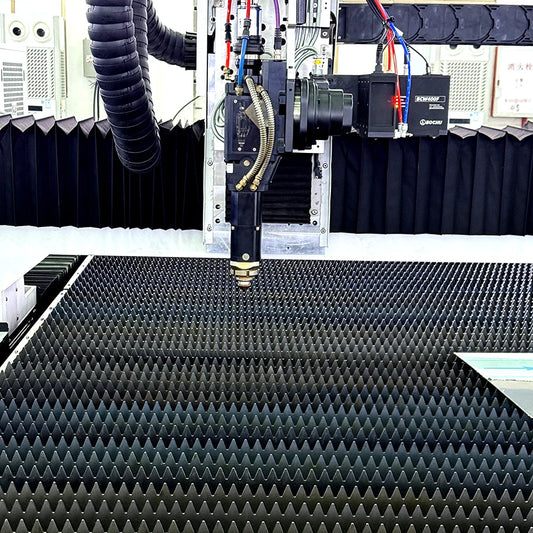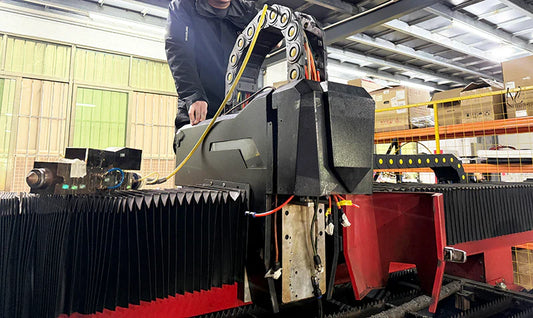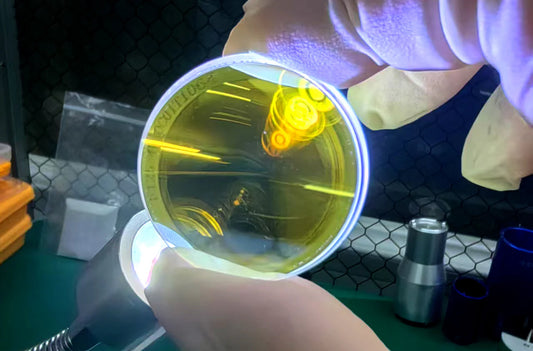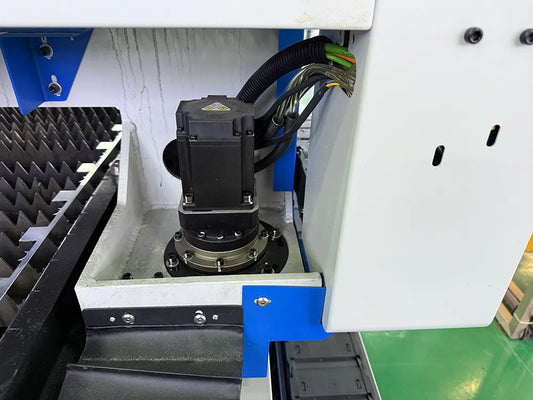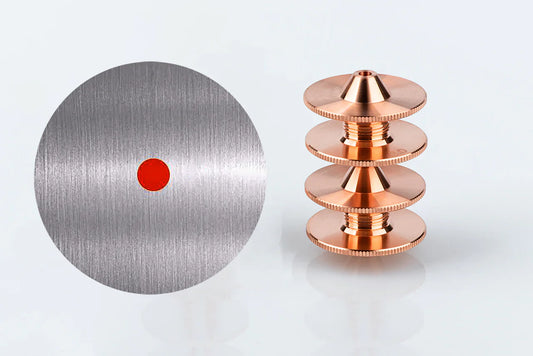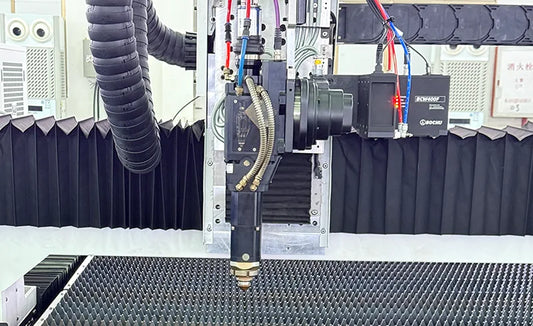Laser Cleaning in Automotive: Extending Tire Lifespan with Inner Wall Contaminant Removal
Cleaning Problems in the Automotive Industry
In the automotive industry, tires are the only parts of the vehicle that come into contact with the ground. Their performance and life directly affect the safety, comfort and economy of the vehicle. The cleanliness of the inner wall of the tire plays a key role in this. With the rapid development of the automotive industry, consumers have higher and higher requirements for automobile performance, and the quality and durability of tires have become the focus of attention. During the production, storage and use of the tire inner wall, it will inevitably be contaminated with various pollutants, such as release agents, dust, oil, etc. These pollutants will not only affect the dynamic balance of the tire, causing shaking and noise when the vehicle is driving, but also reduce the adhesion between the tire and the wheel hub, increase the risk of tire falling off, and seriously threaten driving safety. Traditional cleaning methods gradually become powerless in the face of these problems and are difficult to meet the high standards and strict requirements of modern automobile production and use. Therefore, laser cleaning technology came into being, providing a new solution to the problem of cleaning the inner wall of automobile tires.

Laser cleaning: The principle is revealed
As an advanced surface treatment technology, laser cleaning technology has been widely used and paid attention to in the industrial field in recent years. Its working principle is based on the interaction between laser and matter, and it mainly achieves efficient removal of pollutants on the surface of objects through the following effects.
The thermal expansion effect is one of the important mechanisms of laser cleaning. Different materials have different absorption coefficients of laser energy. When a laser of a specific wavelength is irradiated on the surface of an object, the base material and the surface dirt will produce different degrees of thermal expansion due to the absorption of energy. For example, it is like inflating two balloons of different materials. The inflation speed is different, and the degree of expansion of the balloon is also different. When the expansion force of the dirt is greater than its adsorption force on the substrate, the dirt is like a bird that has been freed from its restraints and detached from the surface of the object.
The photodecomposition or phase change of molecules also plays a key role in laser cleaning. Lasers can achieve a high concentration of energy in time and space, and the focused laser beam can generate a high temperature of several thousand or even tens of thousands of degrees near the focus. This is like a super high temperature furnace, which evaporates, gasifies or decomposes dirt molecules in an instant. Imagine that the dirt will quickly dissipate under such high temperatures, just like ice and snow encountering the scorching sun.
The vibration effect of laser pulses cannot be ignored. By irradiating the surface to be cleaned with high-frequency pulsed laser, the laser beam can generate ultrasonic waves on the solid surface, which in turn triggers mechanical resonance and causes the dirt layer or condensate to vibrate and break. This is just like shaking off dust on clothes through high-frequency vibration, removing stubborn dirt from the surface of an object.
Dilemma of traditional cleaning methods
Before the emergence of laser cleaning technology, the cleaning of the inner wall of automobile tires mainly relied on traditional methods such as sandblasting, ultrasonic waves, and chemical cleaning.
Sandblasting Cleaning
It is to impact the inner wall of the tire by spraying abrasives at high speed, trying to peel off pollutants from the surface. This method is like sanding with sandpaper. Although it can remove dirt to a certain extent, it has many disadvantages. Because the abrasive is in direct contact with the tire surface, it is easy to cause scratches and wear on the surface of the tire, affecting the accuracy and appearance quality of the tire. Moreover, a large amount of dust will be generated during the sandblasting process, which not only poses a threat to the health of the operator, but also requires additional dust removal equipment and measures to deal with the dust, increasing production costs and environmental pressure.
Ultrasonic Cleaning
It uses the cavitation effect of ultrasound in liquid to rapidly expand and rupture tiny bubbles in the liquid, generating a strong impact force to remove pollutants from the inner wall of the tire. However, ultrasonic cleaning requires the tire to be immersed in the cleaning liquid, and it needs to be dried after cleaning. The whole process is cumbersome and time-consuming. In addition, the uneven energy distribution of ultrasound may lead to inconsistent cleaning effects and incomplete cleaning of some areas.
Chemical Cleaning
It uses chemical cleaning agents to react chemically with pollutants to dissolve or decompose them, thereby achieving the purpose of cleaning. Although chemical cleaning can deeply remove various dirt and grease, chemical cleaning agents are often corrosive and toxic, posing a potential threat to the safety of operators. At the same time, chemical waste liquid after use needs to be specially treated, otherwise it will cause serious pollution to the environment. Moreover, chemical cleaning may also react adversely with tire materials, affecting the performance and life of the tire.
Laser cleaning VS traditional cleaning: advantages are fully demonstrated
Compared with traditional cleaning methods, laser cleaning has shown incomparable advantages in many key aspects.

Cleaning Effect
The precision and cleanliness of laser cleaning are excellent. It can accurately remove tiny pollutants on the inner wall of the tire and achieve extremely high cleaning standards. This is like using an extremely fine scalpel to accurately remove the lesion without affecting the surrounding healthy tissue. In contrast, traditional sandblasting cleaning easily leaves scratches on the tire surface, chemical cleaning may cause uneven cleaning, and ultrasonic cleaning is often unable to cope with some stubborn dirt.
Damage to The Tire
Laser cleaning has obvious advantages. Since laser cleaning is non-contact, it avoids the damage to the tire caused by mechanical friction, chemical corrosion, etc. in traditional cleaning methods, thereby effectively extending the service life of the tire. Just like a gentle breeze blowing, it will not cause any damage to the surface of the tire. The abrasive in sandblasting cleaning will scratch the surface of the tire, and the corrosive agents in chemical cleaning may react chemically with the tire material and reduce the performance of the tire.
Environmental Protection
The advantages of laser cleaning are also very prominent. It does not require the use of chemical agents, does not produce pollutants such as wastewater and exhaust gas, and most of the waste washed down is solid powder, which is easy to collect and process, and meets the current strict environmental protection requirements. This is like a green cleaning messenger, contributing to environmental protection. Traditional chemical cleaning will produce a large amount of chemical waste liquid, and improper treatment will cause serious pollution to soil and water sources; the dust produced by sandblasting cleaning will pollute the air and endanger human health.
Cleaning Efficiency
The efficiency of laser cleaning is also much higher than that of traditional cleaning methods. The high-energy-density laser beam can quickly evaporate or peel off pollutants, greatly shortening the cleaning time and improving production efficiency. This is like a high-speed train that quickly completes the cleaning task. For example, on a large-scale tire production line, laser cleaning can achieve automated continuous operation, while traditional cleaning methods require frequent replacement of cleaning fluids and cumbersome post-processing procedures, which is inefficient.
Laser cleaning + automation: a new revolution in automobile manufacturing
In today's rapidly developing science and technology, the integration of laser cleaning technology and automation technology has brought a new revolution to the cleaning of the inner wall of automobile tires.
By combining visual inspection technology, the laser cleaning system can achieve a high degree of automation in the cleaning process. Before cleaning, high-precision cameras and advanced image processing algorithms will conduct a comprehensive scan of the inner wall of the tire, capturing and identifying the surface status, dirt distribution and location information in real time. With the help of artificial intelligence technologies such as deep learning, the system can automatically distinguish different types of dirt, such as release agents, dust, oil, etc., to provide accurate target positioning for laser cleaning. This is like equipping laser cleaning with a pair of "smart eyes" so that it can accurately find every place that needs to be cleaned.
During the cleaning process, the visual inspection system will continuously monitor the cleaning effect. By comparing the image data before and after cleaning, the system can evaluate the cleaning quality in real time. Once it is found that the cleaning is not thorough or there is a risk of damage, it will immediately issue an alarm and automatically adjust the power, frequency and other parameters of the laser to ensure the safety and effectiveness of the cleaning process. This real-time monitoring and feedback mechanism is like a strict quality supervisor, always ensuring the smooth progress of the cleaning work.
Intelligent decision support is also a highlight of the combination of laser cleaning and automation. The system can predict the problems that may be encountered during the cleaning process based on historical cleaning data and the characteristics of the current cleaning task, and formulate solutions in advance. For example, according to the material, production process and common pollution conditions of different batches of tires, the cleaning strategy is automatically optimized to improve the cleaning efficiency and quality. At the same time, it can also continuously learn and accumulate experience to make the cleaning effect better and better.
The combination of laser cleaning and automation has greatly improved the cleaning accuracy and efficiency. Traditional manual cleaning or semi-automatic cleaning methods are not only limited in accuracy, but also inefficient, and it is difficult to meet the needs of large-scale production. The automated laser cleaning system can complete the cleaning of a large number of tires in a short time, with higher cleaning accuracy and better consistency. At the same time, the automated and intelligent cleaning process reduces manual intervention and downtime, further improving production efficiency.
This combination also guarantees the quality and safety of cleaning. Real-time monitoring and feedback mechanisms ensure the safety and effectiveness of the cleaning process, avoiding cleaning errors and quality problems caused by human factors. In addition, visual inspection technology can also comprehensively evaluate the surface quality after cleaning to ensure that the cleaning effect meets relevant standards and requirements.
From a cost perspective, although the initial investment in laser cleaning equipment is relatively high, in the long run, the automated laser cleaning system can reduce operating costs. It reduces labor costs and downtime. At the same time, due to the more accurate and efficient cleaning effect, it also reduces the subsequent maintenance and replacement costs caused by incomplete cleaning.

Conclusion
Laser cleaning technology has brought revolutionary changes to the cleaning of the inner wall of automobile tires with its unique working principle and significant advantages. It not only effectively solves many problems existing in traditional cleaning methods, improves the cleaning effect and tire life, but also improves production efficiency and quality stability through integration with automation technology. With the continuous advancement of technology and further reduction of costs, laser cleaning technology is expected to be applied in more links of automobile manufacturing, such as engine parts cleaning, body surface treatment, etc., to provide stronger support for the high-quality development of the automobile industry. In the future, laser cleaning technology will continue to shine in the field of automobile manufacturing, and promote the industry to move towards a more efficient, environmentally friendly and intelligent direction.

